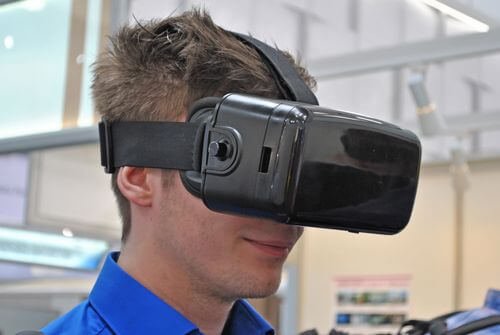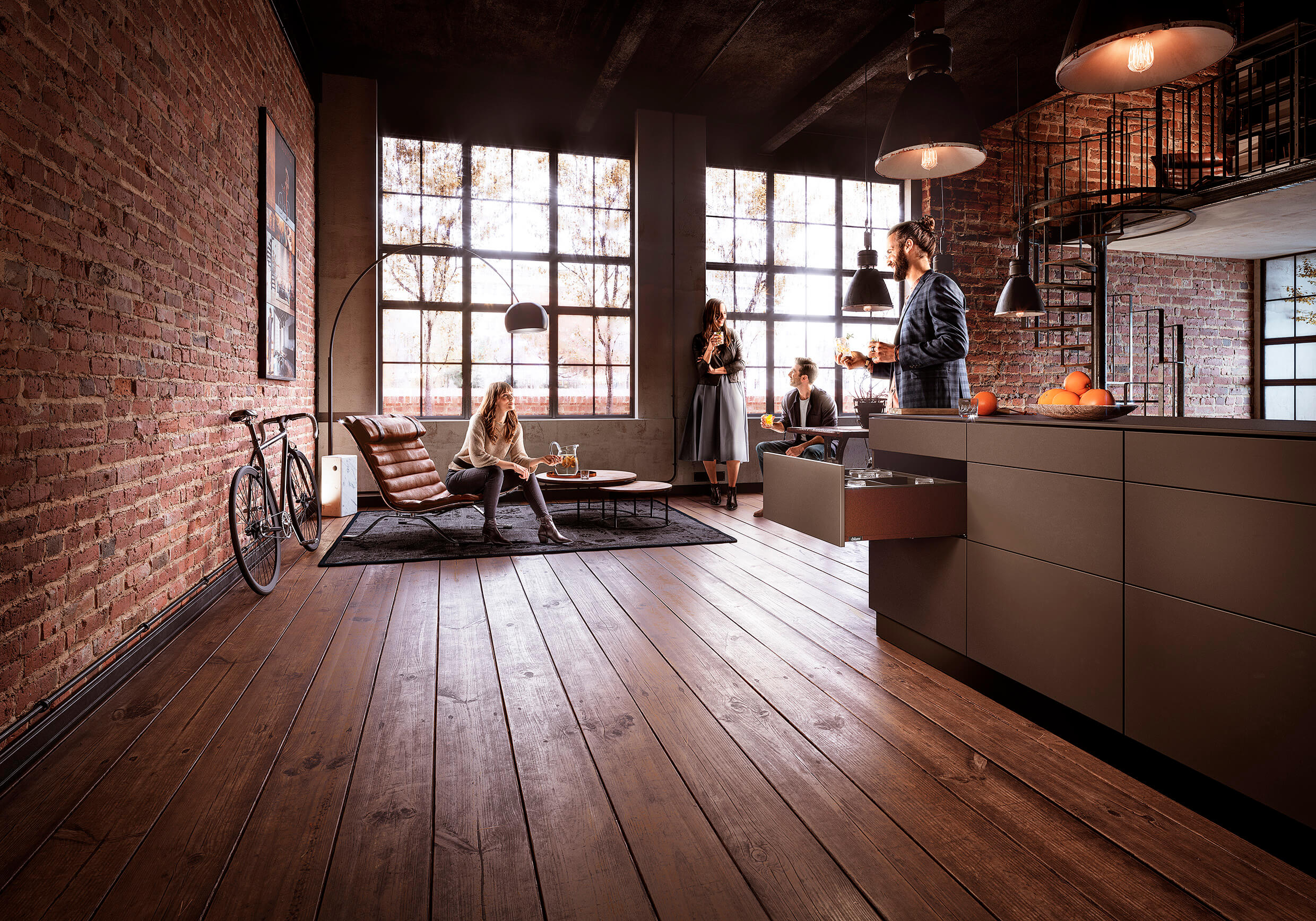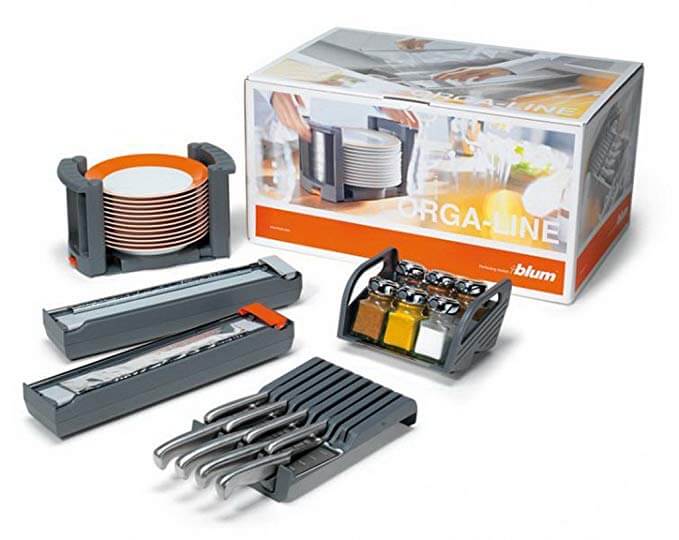Virtual reality for the KBB industry: Now, never or when?
By Theresa Turner - ArtiCAD Limited
Virtual reality (VR) has been around for a long time – in one guise or another. It offers an immersive experience in which head movements are tracked in a three-dimensional world. Despite massive interest, hype – not to mention huge sums of investment money in the 1990s – the technology never became mainstream. At one end of the spectrum it was used for sophisticated military applications and at the other end, it appealed to the gaming market – but in both cases, it was expensive, frequently involved proprietary hardware and software, and hugely cumbersome headsets which had a tendency to induce motion sickness.
So, lots of promise, lots of virtual – but not a great deal of reality!

So what’s new?
Now, it is all changing – and for the first time, VR developments are affordable, are based on open source technology (to allow integration with other systems and devices) and can offer real, measurable benefits in the commercial world for organisations of all sizes and complexions.
At ArtiCAD, we have been taking a keen interest in VR over several years, but it is over the course of the last two years that we have really focused on what is happening in this space. Our Tech Lab experts have been monitoring developments closely – both on the hardware and software fronts – and have been trialling those new products which appeared to offer the most potential to the KBB marketplace. Clearly any such products need to offer real benefits to our customers and have to support our fundamental philosophy of helping you sell.
As you will probably have seen, there’s been quite a proliferation of VR-related announcements recently, with yet more to come: so it can be pretty challenging to work your way through what is real, what is hope or hype and what practical use you could get out of any of it.
We issued a user questionnaire in late 2015 to ask our customers how VR headset solutions are regarded, within the kbb sales process and what priority users wanted us to give this subject in terms of technology development. We received a resoundingly negative response, with most design businesses stating that they couldn’t imagine their customers finding headsets practical or desirable within the design presentation process. Only a small handful of early adopters were keen for ArtiCAD to deliver a VR headset solution.
VR at KBB Birmingham 2016
At the KBB show, there were a small number of headset VR solutions to see. ArtiCAD presented 3 different ‘VR’ headset solutions for our customers to consider: a smartphone headset extension to our Pan360° panoramic viewer technology; an Oculus Rift virtual reality experience and thirdly a full 4 metre by 4 metre ‘ArtiCAD Virtual Studio’, with a completely wireless headset where the user literally walks through the kitchen/bedroom/bathroom design in VR – a world first.
The full size VR rig caused quite a stir, as you can imagine, and there is clearly a niche market for such futuristic technologies. The rate of development is spectacular, so I have no doubt that the Virtual Studio concept will become a contender in the kbb sales process.
The Oculus Rift was the best I’ve seen (even if it is ours) but like so many VR technologies before it, many users reported motion sickness and whilst really good and fully immersive, the VR isn’t photo-quality. Also, the latest Oculus headsets are not widely available yet and combined with the VR technology, the cost for a retailer to deploy a decent presentation is likely to exceed £2,000 – not cheap and not the best customer experience. As we suspected, very few of those customers who tried it felt that they’d ever want to use it in their sales process.
In our view, and based on our research to date, there is good news for those hard at work running their KBB enterprise, who don’t have a minute to spare. For the time being, at least, we believe you can afford to ‘do nothing’ in terms of VR technology.
Despite the launch of low-cost headsets, it is still, in our opinion, too early to select and adopt the technology for every day KBB business life. The new headset devices are a great step forward, as is the use of open source technology which means that third parties can help develop new features for an original product. It is also important to note that many of the new devices now work with a smartphone or tablet, rather than having to be connected to a computer. At ArtiCAD, we already have the ability to output 3D 360° panoramic room presentations that look good on a smartphone using a headset that costs less than £20! Everything is becoming more affordable, lighter in weight and more flexible.
So when will be the right time to make VR part of your KBB business? At ArtiCAD, we’re strong supporters of the role which Augmented Reality (AR) will be able to play in our industry. It really offers the perfect combination – bringing together a live direct or indirect view of a physical, real-world environment whose elements are then augmented (or supplemented) by computer-generated sensory input such as sound, video and graphics. Whilst traditional VR was a completely simulated environment, AR can deliver exactly what KBB businesses need – the real world (an existing kitchen, bedroom, bathroom or study) overlaid with an interactive, high definition, user-controlled view of how it could be ‘augmented’ or ‘enhanced’ – with the installation of your proposed new kitchen, bathroom, bedroom or study design!
Also the adoption of Augmented Reality is really just a small step, rather than a leap into the unknown. In terms of the hardware needed for augmented reality, it is a processor, display, sensors and input devices. All these elements are already present in the majority of smartphones and tablets – making them ideal (and familiar) AR platforms. And the AR headsets can be as small (and again, familiar) as eyeglasses.
In the meantime, many ArtiCAD users are already experiencing some of the benefits offered by AR by using our Pan360 panoramic viewer. For your particular business, this could be regarded either as a stepping stone towards your full-scale adoption of AR (when the time is right) or perhaps, for your business, it may be realistically all you need to do to wow your customers – and close the sale.







Leave a comment